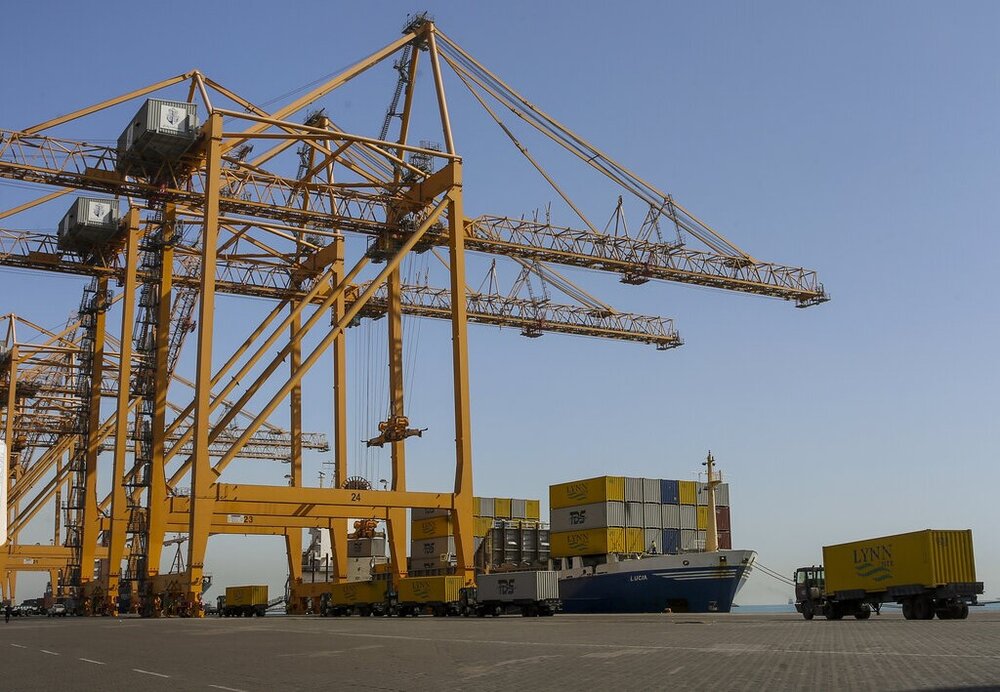20 new free trade, special economic zones to be established in Iran

TEHRAN - The Secretary of Iranian Free Zones High Council Hamidreza Mo’meni announced the approval for the establishment of 13 new special economic zones and seven free trade zones across the country, IRNA reported.
According to Mo’meni, the decision was made during a meeting with the members of the Expediency Council on Wednesday.
“After discussion on all proposed areas and based on the experiences of the existing zones, the establishment of seven free zones and 13 special economic zones was approved,” the official said.
The mentioned free zones will be established in Kordestan, Ilam, Sistan-Baluchestan, Bushehr, Kermanshah, Ardebil, and Golestan, while the special zones are going to be based in Fars, Yazd, Zanjan, Lorestan, West Azarbaijan, Qazvin and etc.
The development of free trade zones and special economic zones through production, exports, and investment is one of the goals of creating these zones in the country.
To achieve this target, different measures were taken in the past two years, such as attracting innovative and technological units to these areas and introducing investment opportunities and advantages in these zones.
The establishment of free trade zones in Iran dates back to the Iranian calendar year 1368 (March 1989- March 1990) following the fall in the country’s oil income in the preceding year which prompted the government to promote non-oil exports.
The first two free trade zones of Iran were established in the south of the country. The first one was Kish Free Trade Zone established in 1368 on Kish Island in the Persian Gulf and the second one was Qeshm Free Trade Zone established the year after on Qeshm Island in the Strait of Hormuz.
Some five other free trade zones have been also established in the country since then, including Chabahar in southeastern Sistan-Baluchestan Province, Arvand in southwestern Khuzestan Province, Anzali in northern Gilan Province, Aras in East-Azarbaijan Province, and Maku in West-Azarbaijan Province, both in the northwest of the country.
Considering the important role that the free zones play in promoting the country’s export and employment, Iran is seriously pursuing the development of its existing zones and the establishment of new zones as well.
More development measures in this field have been taking since the U.S. re-imposition of sanctions on the Iranian economy in November 2018, as Iran is reducing its dependence on the oil income while elevating its domestic production and non-oil exports.
Although the sanctions have disrupted Iran’s economic activities, they could not impede the development of Iranian free zones; in fact, the development of these zones has been even accelerated.
Many strides made for increasing activities in the free zones have played a significant part in boosting the country’s non-oil exports and brought prosperity in the other economic sectors.
EF/MA
